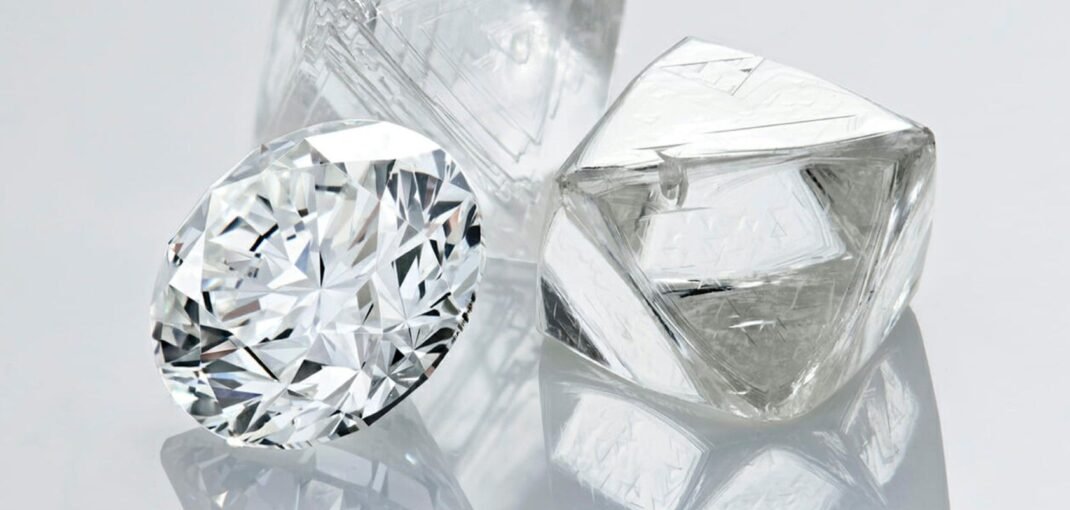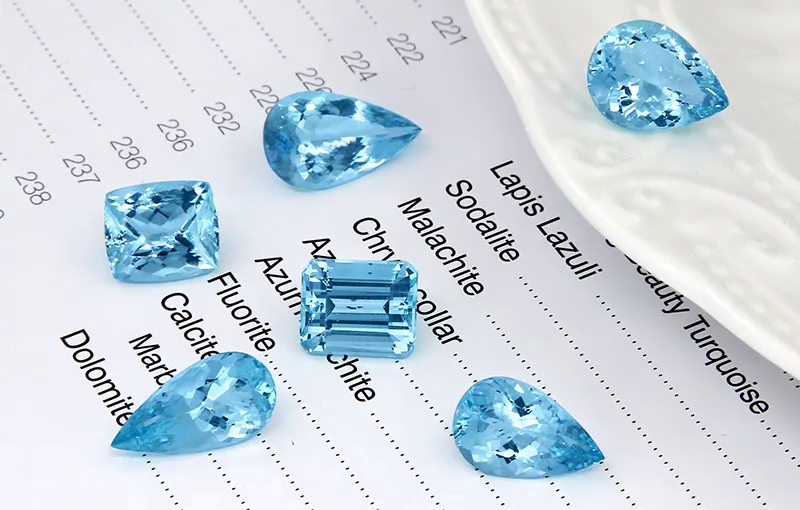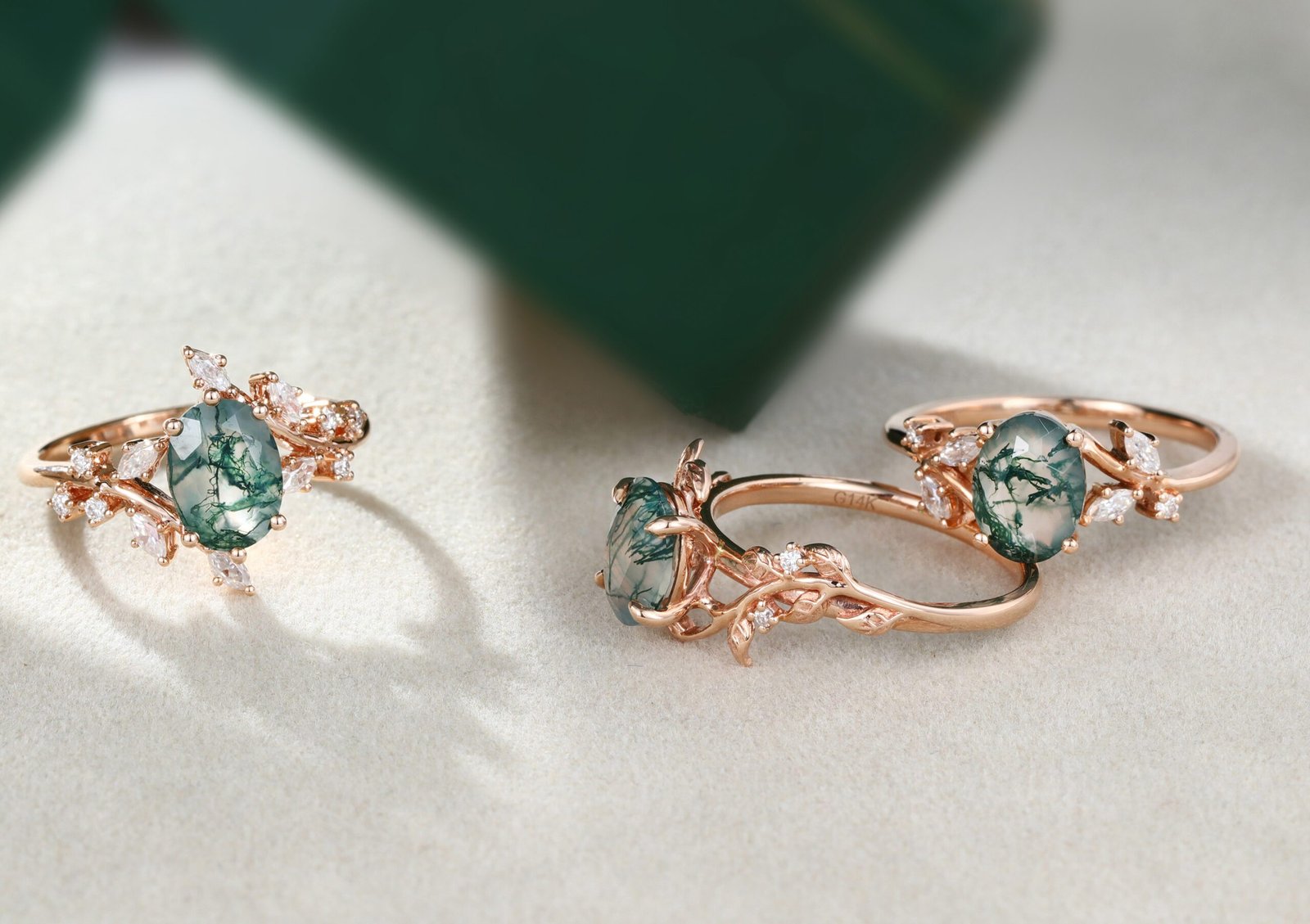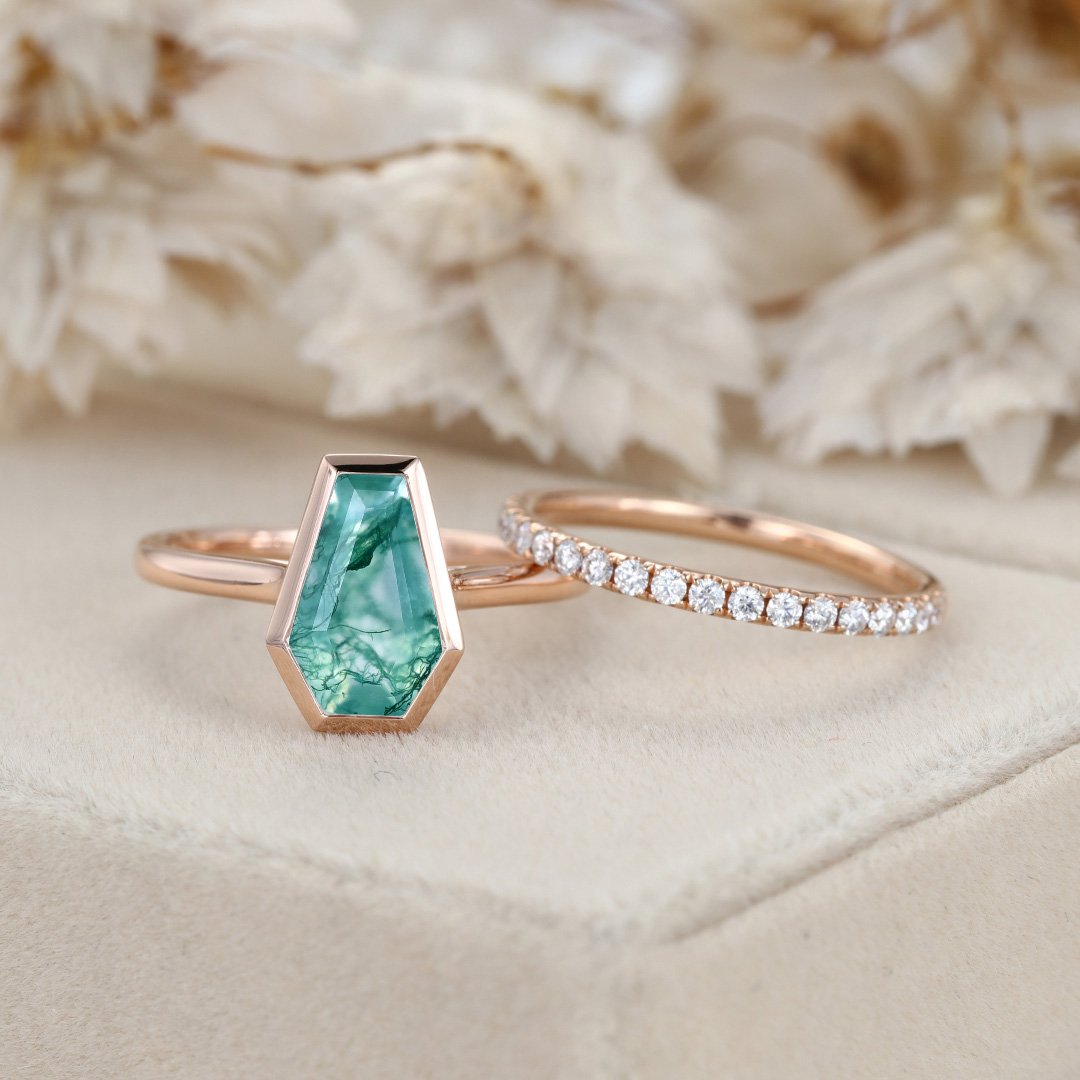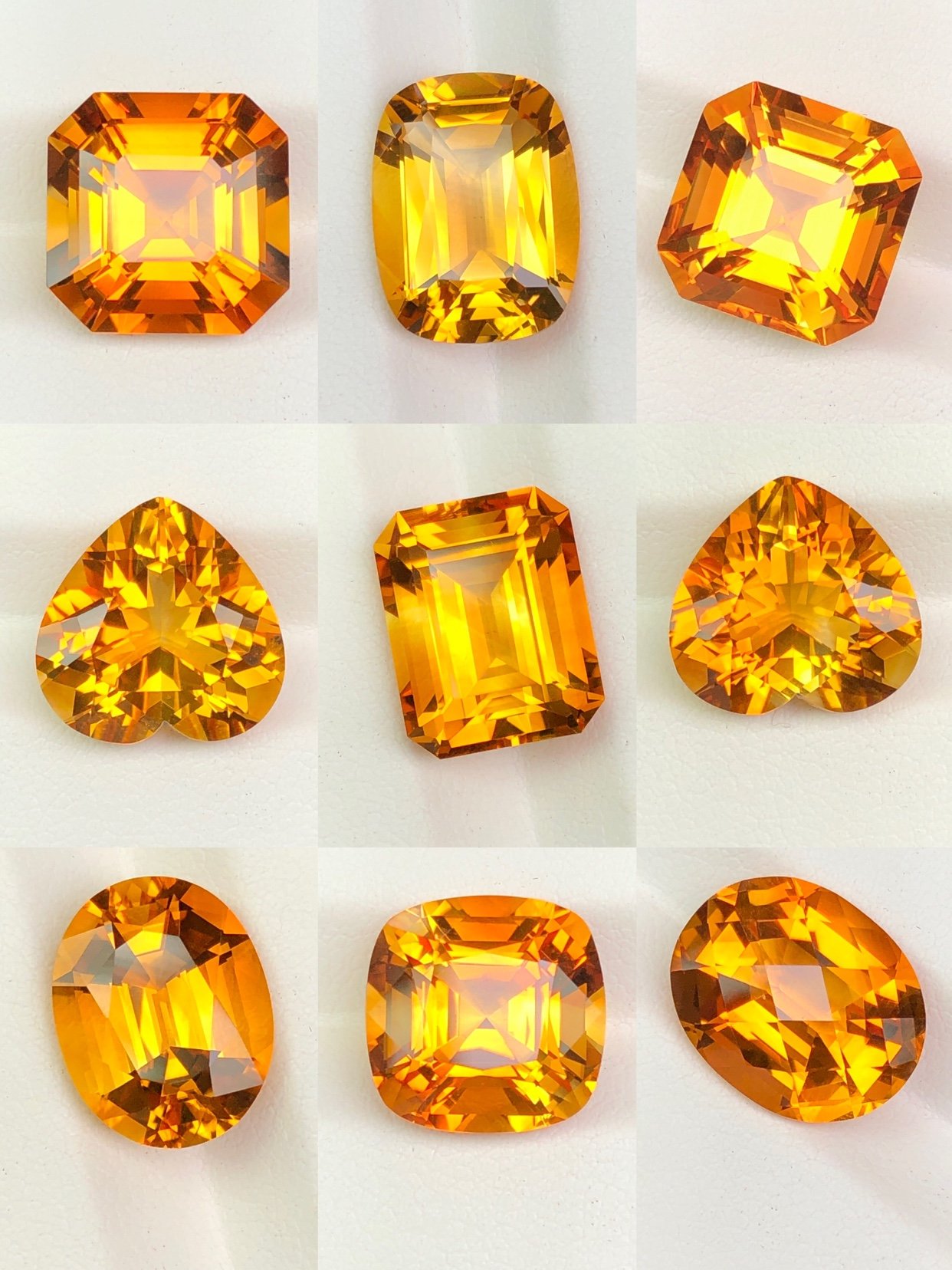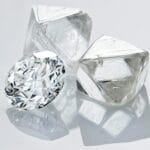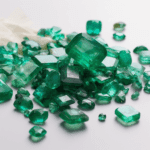What is a Black Gold ?
Introduction to Black Gold Engagement Rings In the world of engagement rings, black gold Jewelry have emerged as a trendsetter, offering a bold and unique alternative to traditional metals like yellow gold, white gold, and platinum. A black gold Jewelry stands out for its dramatic look, representing individuality and modern style. But what exactly is black gold, and why has it gained such popularity among couples seeking something different? In this article, we will dive deep into what black gold Jewelry are, how they’re made, their symbolism, and why they might be the perfect choice for your engagement ring. What Is Black Gold? Contrary to what its name might suggest, black gold is not a naturally occurring metal. It is, instead, a manipulated version of traditional gold, treated to achieve its characteristic dark appearance. The rich, deep black finish is achieved through several techniques, none of which actually involve natural black-colored gold. How Is Black Gold Created? There are several methods that jewelers use to transform yellow gold into black gold: Plating: The most common and affordable method is by plating yellow or white gold with a layer of rhodium or ruthenium, two rare metals from the platinum group. These metals are known for their high durability and dark color, giving the gold its blackened look. Oxidation: Another technique involves the oxidation of gold alloys, especially when mixed with cobalt or chromium. The alloy is heated to form a blackened surface that provides a durable finish. Patination: A more artistic approach is the use of chemical reactions to create a patina on the surface of gold, resulting in a matte black finish. Laser Treatment: In recent years, laser engraving technology has been used to change the structure of the surface, making the gold appear black by absorbing light. This process is highly precise and allows for intricate designs. Does Black Gold Fade? One of the most common concerns about black gold is whether the color will fade over time. Like any surface treatment, black rhodium plating or oxidized finishes can wear off with regular use, especially when exposed to abrasion or chemicals. However, rhodium-plated black gold can be re-plated by a professional jeweler, restoring its original luster and color. With proper care, black gold engagement rings can maintain their beauty for many years. The Appeal of Black Gold Engagement Rings Black gold engagement rings appeal to those who want an edgy, sophisticated, and modern aesthetic. The allure of black gold lies in its ability to make any diamond or gemstone truly pop, creating a stunning contrast between the dark metal and the bright sparkle of the stone. Here’s why many couples are opting for black gold for their engagement rings: Symbolism and Meaning The color black is often associated with mystery, strength, elegance, and power. For many, a black gold engagement ring symbolizes a relationship that is strong, enduring, and unique—just like the couple who chooses it. Black gold rings often reflect the wearer’s personality—bold, confident, and unafraid to stand out from the crowd. Versatility in Design Another reason for the rising popularity of black gold rings is their versatility in design. Black gold serves as a perfect backdrop for a variety of gemstones, from traditional diamonds to colored stones like sapphires, rubies, and emeralds. Whether the design is modern or vintage-inspired, black gold can adapt to many different styles. A Unique Alternative While traditional yellow gold, white gold, and platinum rings dominate the market, couples who choose black gold are making a statement. The unique hue of black gold immediately sets it apart from more conventional engagement rings, which is a huge draw for those who value individuality in their jewelry. Choosing the Right Gemstone for Your Black Gold Ring When it comes to black gold engagement rings, the choice of gemstone is crucial in achieving the desired look. The metal’s dark, luxurious appearance allows for a wide variety of stones to stand out, making it an ideal base for creative designs. Lab-Grown Diamonds The most popular choice for any engagement ring is, of course, the diamond. The brilliant contrast between a colorless diamond and black gold is striking, making the diamond appear even more radiant. For those who prefer a bold and modern look, black diamonds or salt-and-pepper diamonds are also great choices, as they complement the black gold setting perfectly. Colored Gemstones For couples who want to add a splash of color, black gold provides an excellent backdrop for colored gemstones like sapphires, rubies, and emeralds. The contrast between the dark metal and the vibrant hues of these stones creates a dramatic effect that is sure to turn heads. Opals and Pearls For those seeking a more ethereal or bohemian vibe, opals and black pearls can create a mesmerizing effect when paired with black gold. The iridescent glow of opals and the lustrous sheen of black pearls enhance the mystique of the black gold setting. Caring for a Black Gold Engagement Ring Black gold rings require some level of maintenance to keep them looking their best. Here are a few tips to ensure your ring stays in top condition: Avoid Harsh Chemicals: Exposure to household chemicals such as bleach, ammonia, and chlorine can cause the rhodium plating to wear away more quickly. Always remove your ring before cleaning or swimming. Store Separately: To prevent scratching, store your black gold ring in a soft pouch or a separate compartment in your jewelry box. Regular Re-Plating: If your black gold ring is plated with rhodium, you may need to have it re-plated periodically, depending on how often you wear the ring. A jeweler can easily restore its finish and color. Gentle Cleaning: To clean your black gold ring, use a solution of warm water and mild soap. Gently scrub the ring with a soft toothbrush, rinse it well, and dry it with a soft cloth. Avoid abrasive cleaners or tools that can scratch the surface. Black Gold vs Yellow Gold、White Gold、Rose Gold Options While black gold offers a distinct


